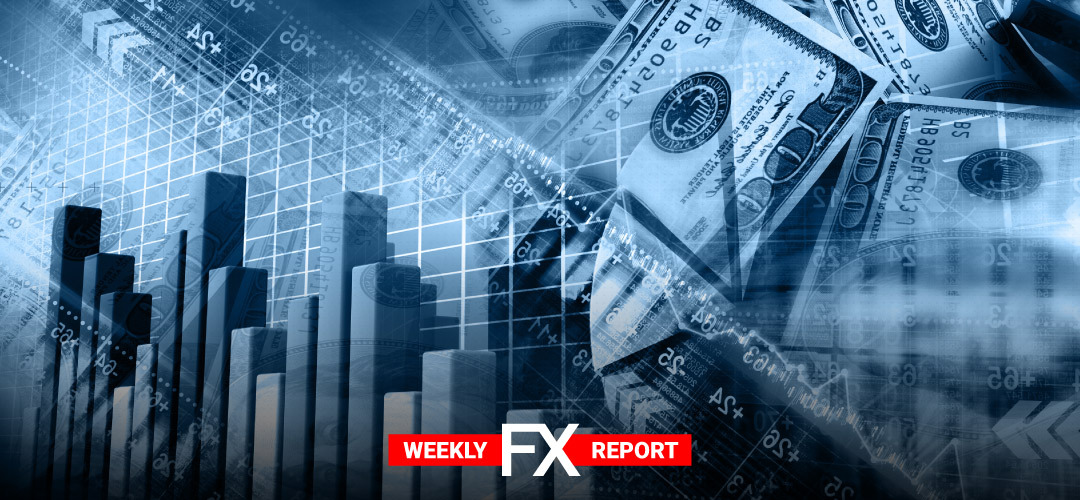Investor sentiment was supported by expectations of further fiscal COVID-19 aid in the United States despite considerable uncertainty on whether U.S. policymakers can agree on a new package.
Investors turned their attention toward the likelihood of fresh fiscal support to reinforce the virus-hit U.S. economy from a pandemic-induced recession.
Investors keep an eye on stimulus talks in Washington. U.S. Republicans and Democrats have so far failed to reach an agreement. Instead, President Trump has signed executive orders to bring a new round of pandemic aid to the American people. Uncertainty about a deal on a U.S. stimulus package weighs on markets.
U.S. job growth for July helped ease some investor worries on the U.S. labour market. The U.S. Jobs report showed nonfarm payrolls increased by 1.76 million, much lower than the record 4.8 million in June.
On the trade war front, tensions between the United States and China escalated. The U.S. imposed sanctions on 11 senior Hong Kong and Chinese officials. Meanwhile, Trump announced he is to ban U.S. transactions with the Chinese owners of popular WeChat and TikTok apps. China said the companies complied with U.S. laws and warned Washington would have to “bear the consequences” of its action.
Senior U.S. and Chinese officials will meet via teleconference on August 15 to review the implementation of their Phase 1 trade deal. The U.S.-China tensions have stoked fears about an adverse impact on trade talks. Any friction here could complicate the global recovery from the coronavirus pandemic.
On top of that, Canada will slap retaliatory tariffs on U.S. aluminium products by Sept. 16. The United States reimposed 10% tariffs on some Canadian aluminium imports on Aug 16 to protect U.S. industry.
Industrial activity in China gained strength, another sign of recovery that added to hopes the global economy would also return to health. Deflation at China’s factories eased in July, data showed.
Investor morale in the eurozone rose for a fourth consecutive month in August. Sentix’s index for the eurozone improved to -13.4 from -18.2 in July.
LQDFXperts – Further fiscal COVID-19 aid still blurry
Investors focus on further fiscal COVID-19 aid in the U.S.A. and U.S.-China tensions ahead of key trade talks on August 15.
EUR/USD after three successive weeks of strong gains remained mostly unchanged last week. The dollar index, which hit a two-year low on Thursday, finished the week down 0.05%. Dollar logged a seventh straight week of declines, the longest losing streak in a decade. The greenback is at its most oversold level in over 40 years. Speculators raised their net short dollar positions in the latest week. Euro has hit a two-year high of $1.1915 last week.
The cable behaved similarly to the Fiber. GBP/USD after two successive weeks of strong gains did not change considerably. The cable rally lost its steam compared with its 2.3% rise last week and 1.8% rise the week before. On Thursday the Bank of England was less gloomy about the coronavirus-hit British economy. Traders also took confidence from the absence of signals that the BoE might introduce negative rates. With analysts bracing for Q2 British GDP to nosedive over 20%, the pound may have a rough week.
Dollar/yen showed little movement for a second consecutive week. Japanese releases this week are all second-tier, which is unlikely to impact on the movement of USD/JPY.
AUD/USD posted slight gains. Australia’s central bank downgraded its GDP outlook on Friday. The Reserve Bank of Australia (RBA) expects annual gross domestic product (GDP) to contract by 6% this year. Further, RBA warned unemployment would stay high for several years.
USD/CAD was almost unchanged over the week. For the week, the loonie gained 0.3%. Canada added 418,500 jobs in July, while separate July data showed that Canadian purchasing activity expanded.
The week ahead – A bit of everything re data
On the data front, the U.S. has consumer prices on Wednesday and retail sales on Friday. UK unemployment and second-quarter GDP data are also due this week. Investors also await for a fistful of Chinese figures which will probably show a continued recovery. EU production data may please as well.
- On Tuesday (11.08) investors are waiting for the UK Employment Report. Analysts are ready for another decline, with an estimate of -1.2%. The unemployment rate has been clinched at 3.9% for three straight sessions but will probably rise to 4.2%.
- On Wednesday (12.08) investors turn their attention to the US Inflation Report and the UK GDP. In Q1, GDP declined by 2.0%, reflecting the overwhelming impact of Covid-19. In May, the UK economy gained 1.8%, well shy of the forecast of 5.5%. The estimate for June stands at 8.1%.
- On Friday (14.08), investors may assess the full extent of the coronavirus pandemic on the Eurozone economy. Key Q2 GDP data, as well as year-on-year GDP figures, will be available. Also, the U.S. will release its Retail Sales data. The report will show whether renewed restrictions in several US states slowed down American consumers’ spending.
Follow this week’s economic calendar.
PLEASE NOTE The information above is not investment advice.
Sources: Reuters, CNBC, BBC, The Guardian
